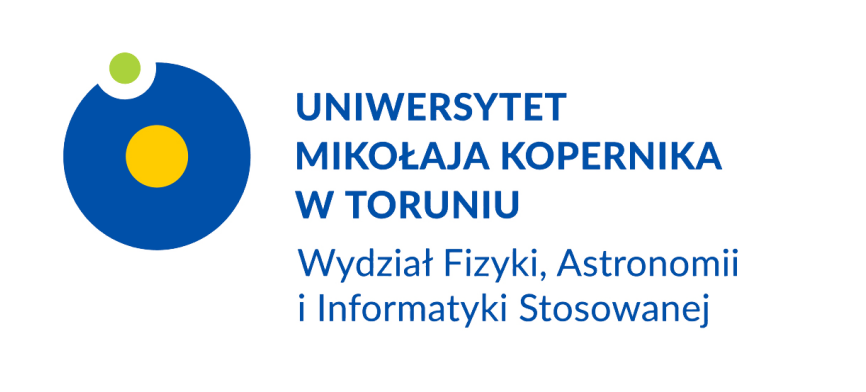Seminarium Ogólne
najbliższe | 2024 | 2023 | 2022 | 2021 | 2020 | 2019 | 2018 | 2017
Seminarium odbywa się w Piwnicach w sali wykładowej budynku Radioastronomii. Początek o godzinie 11.15.
Udział w seminarium w trybie zdalnym za pośrednictwem BigBlueButton (BBB).
Specjalne Seminarium Instytutu Astronomii
24 czerwca 2024
“Multi-wavelength polarization of blazars”
prof. Markus Boettcher (Centre for Space Research, North-West University, Potchefstroom, Republika Południowej Afryki)
Streszczenie:
Blazars are the most numerous extragalactic sources of high-energy and very-high-energy gamma-rays and are bright and variable throughout the entire electromagnetic spectrum. Their non-thermal continuum emission is dominated by radiation from a highly relativistic jet moving closely aligned to our line of sight. Many open questions concerning the physics of particle acceleration and production of the multi wavelength emission remain. Polarization is a key indicator of the structure of magnetic fields in these sources and the role they play in the acceleration and radiation processes. While traditionally, measurements of polarization were possibly only at radio and optical wavelengths, the recent successful launch of the International X-Ray Polarimetry Explorer (IXPE) has opened a new window of X-ray polarimetry. This talk will introduce the principles of the processes to produce and measure polarized multi-wavelength emission and recent results, in particular from IXPE, as well as co-ordinated multi-wavelength observations involving the High Energy Stereoscopic System (H.E.S.S. – the world’s largest currently operating ground-based gamma-ray observatory) and spectropolarimetry using SALT.

 Piwnice k. Torunia, 87-148 Łysomice
Piwnice k. Torunia, 87-148 Łysomice